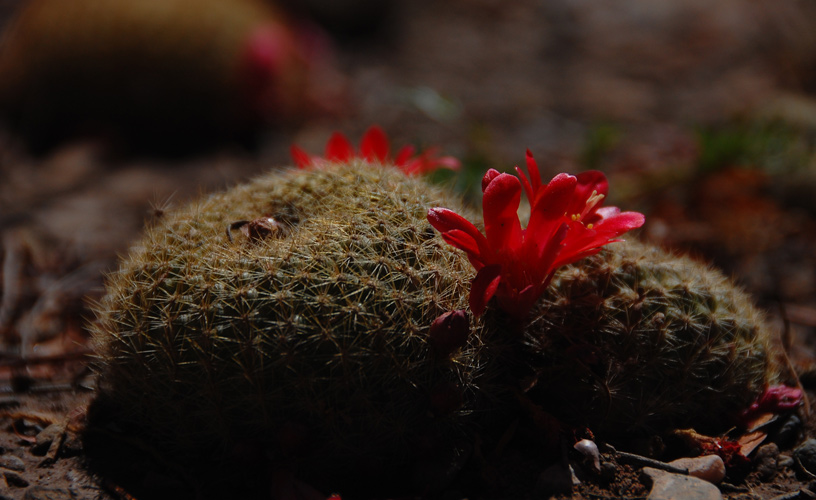Different from the Heights
“You just have to go up and watch how everything looks from up there. That is enough to understand what a Pucará is about”, explained the guide wisely. And it was true. We just needed to go up, look and, above all, think.
Tilcara's Pucará is strategically located 2,500 meters above sea level, right in the center of the Humahuaca Ravine. It welcomes thousands of visitors every year coming not only from other points in our country but also from the most remote parts of the world.
Apart from tourists, many visitors are archeologists, antropologists and scientists who are attracted by the great historical value locked inside the Pucará. Built over a thousand years ago, the natives would keep an eye on the area from its heights.
Tilcara's Pucara
Out of the almost one thousand constructions from the times of glory, about 60 have been restored and may be visited inside the circuit presented by the park. The circuit is divided into three neighborhoods: the Entrance Circuit, the Church Circuit and the High or Monument Circuit.
The Three Great Neighborhoods
The Entrance neighborhood is made up by various housing units which, according to size and geographical layout, determine the importance and social level or status of the dwellers of these venues. What catches visitors' attention the most are the great walls called pircas, as well as the aspect of defensive fortifications these dwellings used to have.
The Church neighborhood lies in the center of the Pucará and was given this name because during the research studies carried out in the early 1900s, the old settlers of Tilcara informed the archeologists that “the Church of all Indians” was located there, which turned out to be true. This was the site where religious worship ceremonies were held in honor of the Sun and the Moon. This is one of the most picturesque areas of the Pucará, where several cacti colonies -full of flowers for several months- contribute with color and life to the harsh scenery of Tilcara.
After visiting the Church and its surroundings, the tour moves onto the High or Monument neighborhood, where there are more dwelling units. In such place, stands a monument resembling a pyramid with a truncated top. It is a tribute to archeologists Juan D. Ambrosetti, Salvador Debenedetti and Eric Boman, and it was built by architect Martín Noel in 1935.
The view from that place is simply unique. The various colors of the mountains stand out and, according to the position of the sun, they gain or lose pigmentation. And the Pucará undoubtedly continues to be a sentry watching everything around.
Pablo Etchevers
Eduardo Epifanio
































